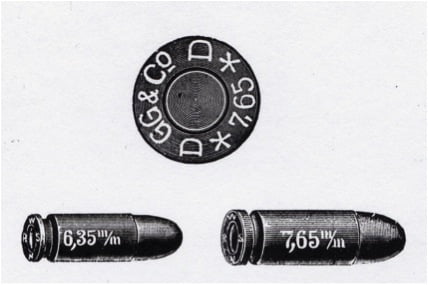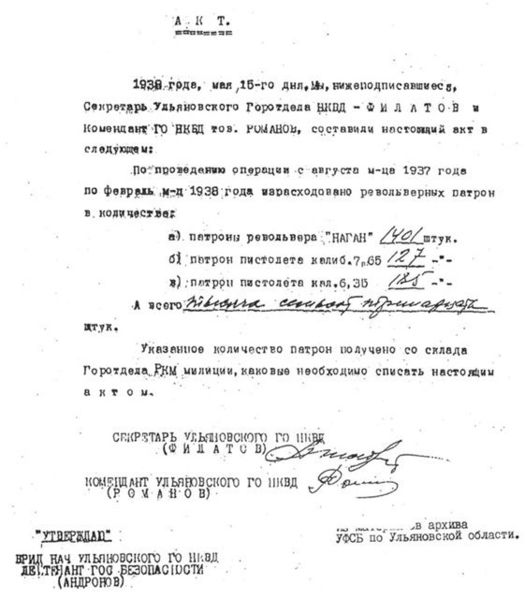There are still people who do not believe the official version of the death of Polish soldiers in the Katyn Forest. They believe that the Poles were shot not by NKVD workers, but by German soldiers. Let's try to figure out what facts they rely on and whether this is true.
From April to May 1940, more than 4,000 Polish citizens, mostly captured officers, were shot in the Katyn Forest (Smolensk region). For a long time, the Soviet side refused to accept blame for this crime, blaming the Germans for the crime. However, documents declassified during the years of perestroika changed the picture, and the conclusions of the post-Soviet commissions were clear: the executions were carried out on the orders of the NKVD. Nevertheless, even today there are people who are engaged in promoting the German trace in this matter.
Usually the arguments of the Katyn revisionists boil down to three very simple theses:
1. The victims' hands were tied with German paper ropes. Such ropes were not produced in the USSR. This means that the Germans were shooting.
2. The executions were carried out on the territory of the pioneer camp. The NKVD would not have shot there. This means that the Germans were shooting.
3. Katyn Poles were shot using German-made cartridges. This means that the Germans shot him.
Let us consider these theses in more detail.
1. Paper ropes
All documents that mention German-made Katyn ropes appeared during the NKVD-NKGB investigation, carried out before the arrival of the Burdenko commission in January 1944. The conclusions of the Burdenko commission are based precisely on the materials of the NKVD-NKGB investigation.
Several witnesses then showed, that the ropes with which the victims’ hands were tied were paper and, probably, German-made, since such ropes were not produced in the USSR. There is no further mention of “German-made paper ropes” in any primary documents.
These individual testimonies are not trustworthy as a whole: the NKVD-NKGB commission falsified evidence for several months and prepared false witnesses (which has been proven).
But Burdenko’s commission did not find German ropes. The only quote from the commission’s conclusion that mentions ropes on the hands of those executed: “A very small part of the corpses (20 out of 925) had their hands tied behind the body with white braided cords.”
All this gives reason to consider “paper ropes” a fiction.
2. Pioneer camp
Here the primary source of the version turns out to be Burdenko’s commission:
“...Back in the summer of 1941, in this forest there was a pioneer camp of Promstrakhkassa, which was closed only in July 1941. With the capture of Smolensk by the German occupiers, a completely different regime was established in the Katyn Forest. The forest began to be guarded by increased patrols; in many places signs appeared warning that persons entering the forest without a special pass would be shot on the spot. Particularly strictly guarded was that part of the Katyn Forest, which was called the Goat Mountains, as well as the territory on the banks of the Dnieper, where, at a distance of 700 meters from the discovered graves of Polish prisoners of war, there was a dacha - a rest house of the Smolensk NKVD department. Upon the arrival of the Germans, a German institution called “Headquarters of the 537th Construction Battalion” was located in this dacha.”
It does not say here that the executions took place precisely on the territory of the former pioneer camp. There was once a pioneer camp in the same forest, but it is huge, and there has never been a pioneer camp in the Goat Mountains.
That's what told former head of the Smolensk KGB Anatoly Shiverskikh, a “hostile” witness who claimed that the Katyn massacre was the work of the Germans:
“The place where Polish officers were executed - Kozya Gory - is located along the high bank of the Dnieper and the Vitebsk highway. <…> During the period of mass repressions, especially in 1937, those executed were buried here. It is important to note that even after the noisy actions of 1943 and 1944 to discover the graves of Polish officers there in 1943–1948 they continued to bury traitors to the Motherland and punitive forces sentenced to death. After the capture of Smolensk in 1941–1943, the Nazis turned Kozya Gory into a place for the execution and burial of prisoners of war, partisans, etc. This is what this place is like.”
And this is indeed true. In the Katyn Forest, not only Poles from the Kozelsk camp were shot and buried. There were executions and burials there both before and after the Katyn massacre. Polish specialists in 1994–1996 were discovered about 150 collective graves of Soviet victims of Stalin's repressions.
Conclusion: there was never a pioneer camp at the site where the Poles were executed, but there was a special NKVD facility for executions and burial of those executed. The second argument of the Katyn deniers is also based not on fact, but on fiction.
3. German cartridges
This is the only argument that is based on fact and not fiction. All casings found in the Katyn graves were from Geco 7.65 mm cartridges made in Germany.

This discovery turned out to be completely unexpected for the Germans who conducted the investigation. But then it turned out that the cartridges were from cartridges, samples of which were supplied by Germany to the Soviet Union back in the 1920s, during the Weimar Republic, as well as the Walther and Parabellum type pistols used by the executioners, for which these cartridges were intended.
The problem with this argument is logical. From the fact that the shooting cartridges were produced in Germany, it does not follow that they could only be used by Germans.
If it were established that the NKVD in other cases never used Walthers or Parabellums chambered for 7.65 mm cartridges, the argument would become more powerful. However, the opposite can be considered established. The NKVD basically used the following pistols and cartridges:

Conclusion: the discovery of German-made cartridges in the Katyn graves does not refute the version of the execution of Poles by NKVD workers. The third argument of the Katyn deniers contains a logical flaw.
Thus, none of the three arguments can be called complete, and two are even almost certainly false.
Read on topic:
1. https://ru.wikisource.org/wiki/Message from the Special Commission (Burdenko)
2. http://www.katyn-books.ru/library/katinskiy-sindrom15.html#footnote10
If you find a spelling or grammatical error, please let us know by highlighting the error text and clicking Ctrl+Enter.






